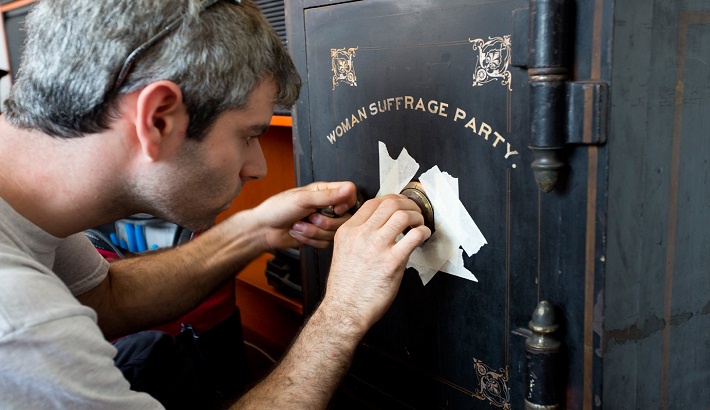If you're like me, you enjoy being a safecracker and cracking open a safe. But in this case, I'm not talking about breaking into objects or safes. Instead, we'll be focusing on digital safecracking: the art of keeping your personal information safe from hackers and other nefarious actors online.
To help you keep your digital treasures secure, here are some tips on how to safely crack open any online account or service that has fallen victim to hackers in recent years:
Don't: Use the same password for everything
The first thing to know about passwords is that you shouldn't use the same one for every site. If your password is "1234567890," it's not going to take a hacker very long to crack your account.
Instead, choose a unique password for each site and make sure they're hard to guess. Don't use words from the dictionary or birthdays. Avoid personal information like names of family members or pets because hackers have access to those too!
Do: Use two-factor authentication wherever possible
Two-factor authentication, or 2FA for short, is a way to increase the security of your accounts by requiring both something you know (your username and password) and something you have.
This extra layer of protection makes it much harder for hackers to access your account because they need both pieces of information to log in. Two-factor authentication has been shown to reduce account hijacking by 90%!
Don't: Use your social security number as a password
Unfortunately, this is one of the most common mistakes people make when creating passwords. If someone were to gain access to your computer and see that you've been using the same password for everything--including banking sites and email accounts.
So, an expert safecracker would suggest to don’t using your security number as a password
Do: Use a password manager like LastPass
The best way to protect your data is by using a password manager like LastPass. These applications allow users to generate random, hard-to-crack passwords for every site they log into and then remember them with one master password.
Don't: Use your birthday, anniversary or other personal information
If you're like most people, your birth date is one of the easiest things to remember. It's also one of the first pieces of information attackers will look for when trying to compromise an online account. Many sites allow users to create a password by typing their name into a field--which means they can quickly find out what yours is!
Do: Change all of your passwords every six months at a minimum
Change all of your passwords every six months at minimum to ensure that you're keeping up with new security measures as they're implemented online.
Password managers can be free or paid; there are many options available depending on what features are most important to you.
Conclusion
So, what does it take to be a safecracker and be a pro? It takes knowledge of the latest security measures, as well as a willingness to stay vigilant about keeping your information safe. The good news is that there are plenty of resources available online for anyone looking to learn more about how hackers operate and how you can protect yourself from them!


No comments yet